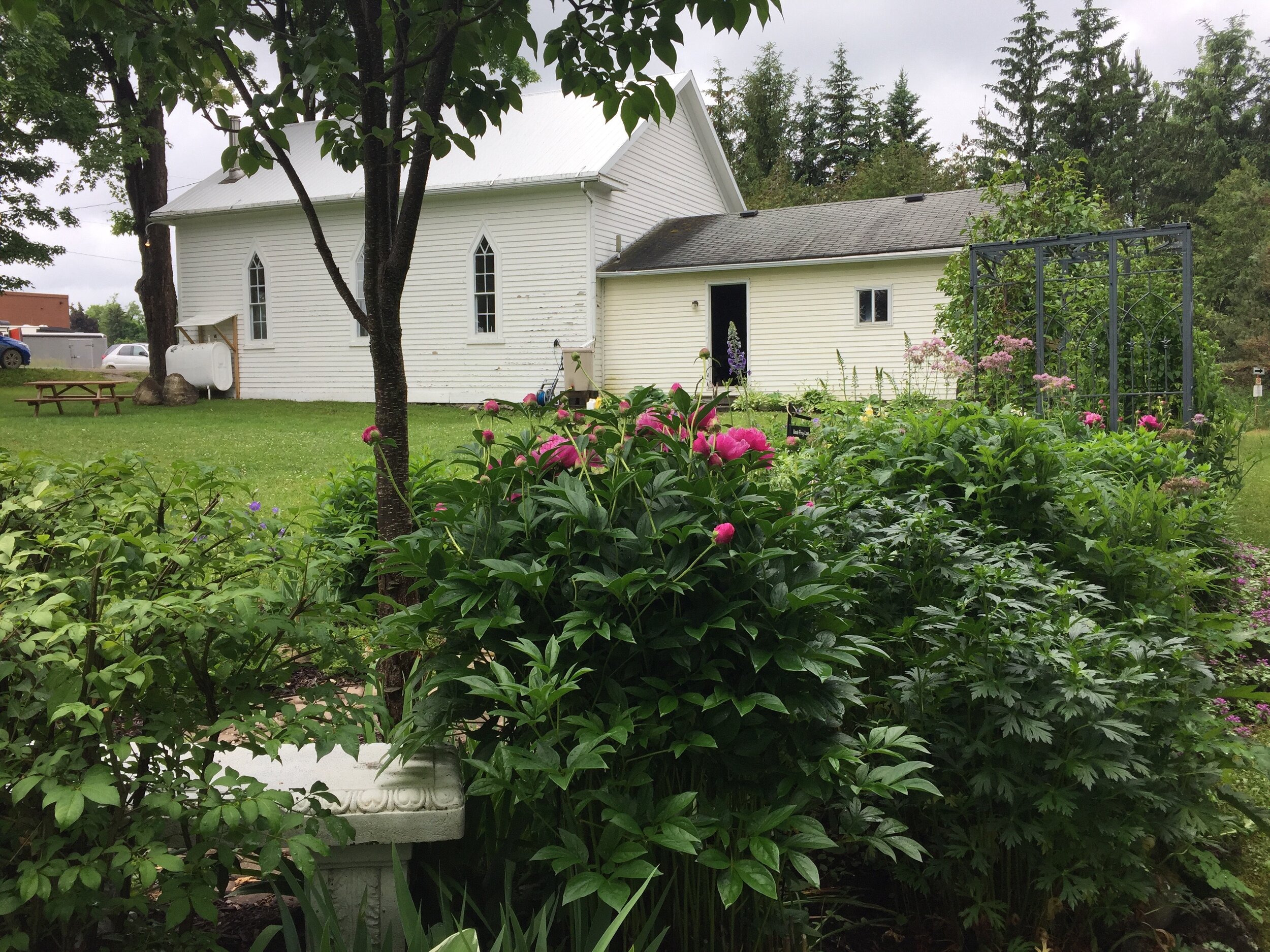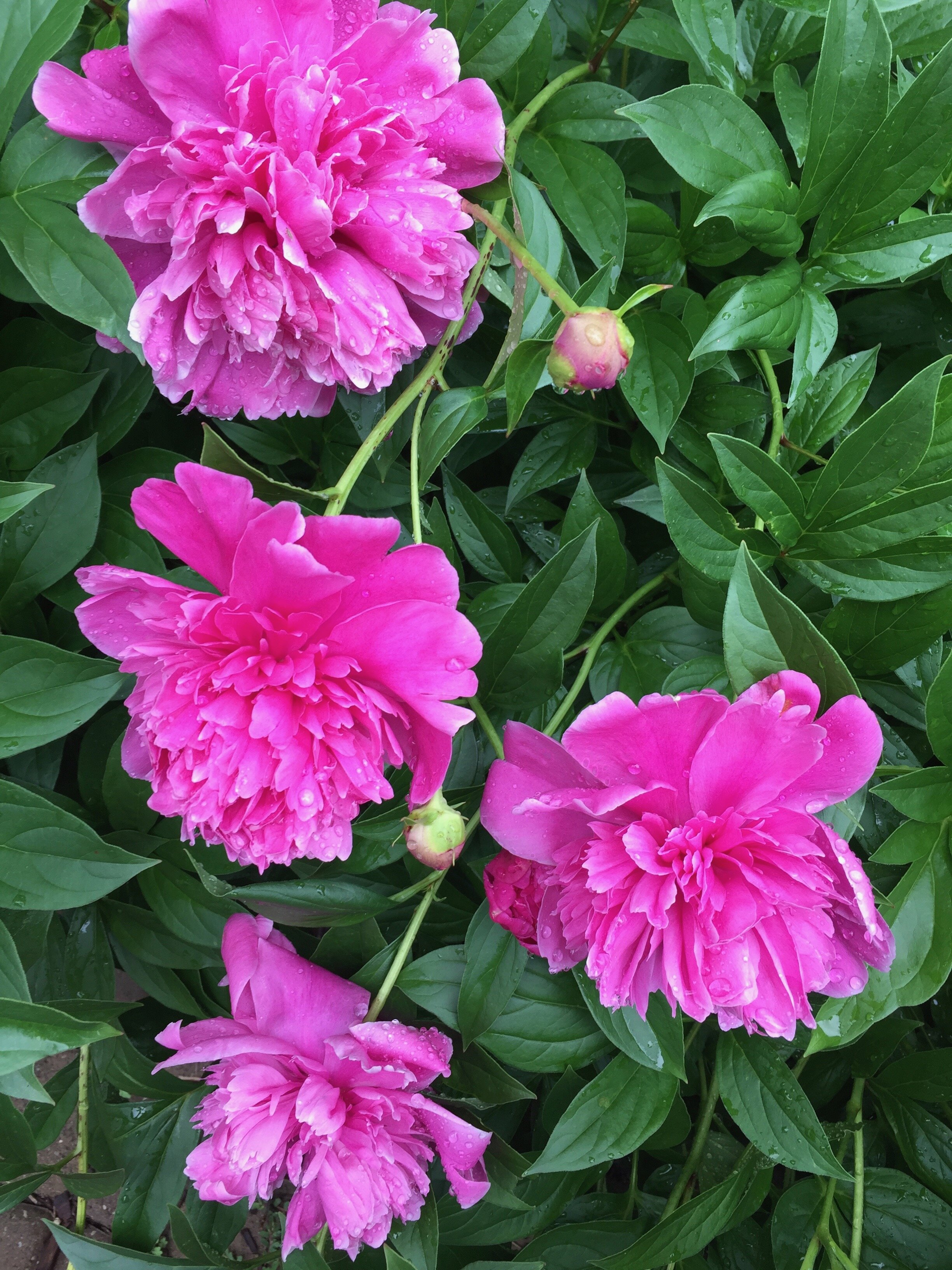Quiet Garden
The Quiet Garden Movement nurtures access to outdoor space for prayer and reflection in a variety of settings, such as private homes, churches, retreat centres, schools and hospitals – and creates opportunities for people to experience silence, restfulness and contemplative practices, with regular quiet days and retreats being offered in many Quiet Gardens. There are over 300 Quiet Gardens worldwide.
The Quiet Garden Movement flows from the example of Jesus’s withdrawal to natural places to pray and his invitation to, ‘Come with me by yourselves to a quiet place and get some rest’ (St Mark’s Gospel 6.31). If Jesus regularly and consistently needed such space to just ‘be’, then so do we.
Those involved in the Quiet Garden Movement come from a variety of traditions, churches and cultures, and as such we express our heritage in many diverse ways and welcome the diversity of fellow travellers on the journey. All are welcome to Quiet Gardens, to rest in the presence of God, whatever spiritual path they follow. Quiet Gardens vary widely in their size and situation, but at the core is the provision of outdoor space intentionally set aside for prayer, silence and refreshment.
This can be a permanent space, such as in a church, retreat centre or school setting, or a provisional space set aside for a particular time, such as the use of gardens in private homes. A key feature is setting aside a sanctuary space and time for stillness, prayer and contemplation. Quiet Gardens are enjoyed in solitude and with others, with some gardens being open as part of regular ‘quiet days’ and retreats and others by appointment only.
Primrose United Church’s meditation garden is part of the Quiet Garden Movement, which originated in England. Their garden is open all year around on any day of the year to welcome people who wish to have a quiet place to contemplate the deeper matters, or simply to be refreshed in the spirit by the beauty of the garden. All are welcome.




